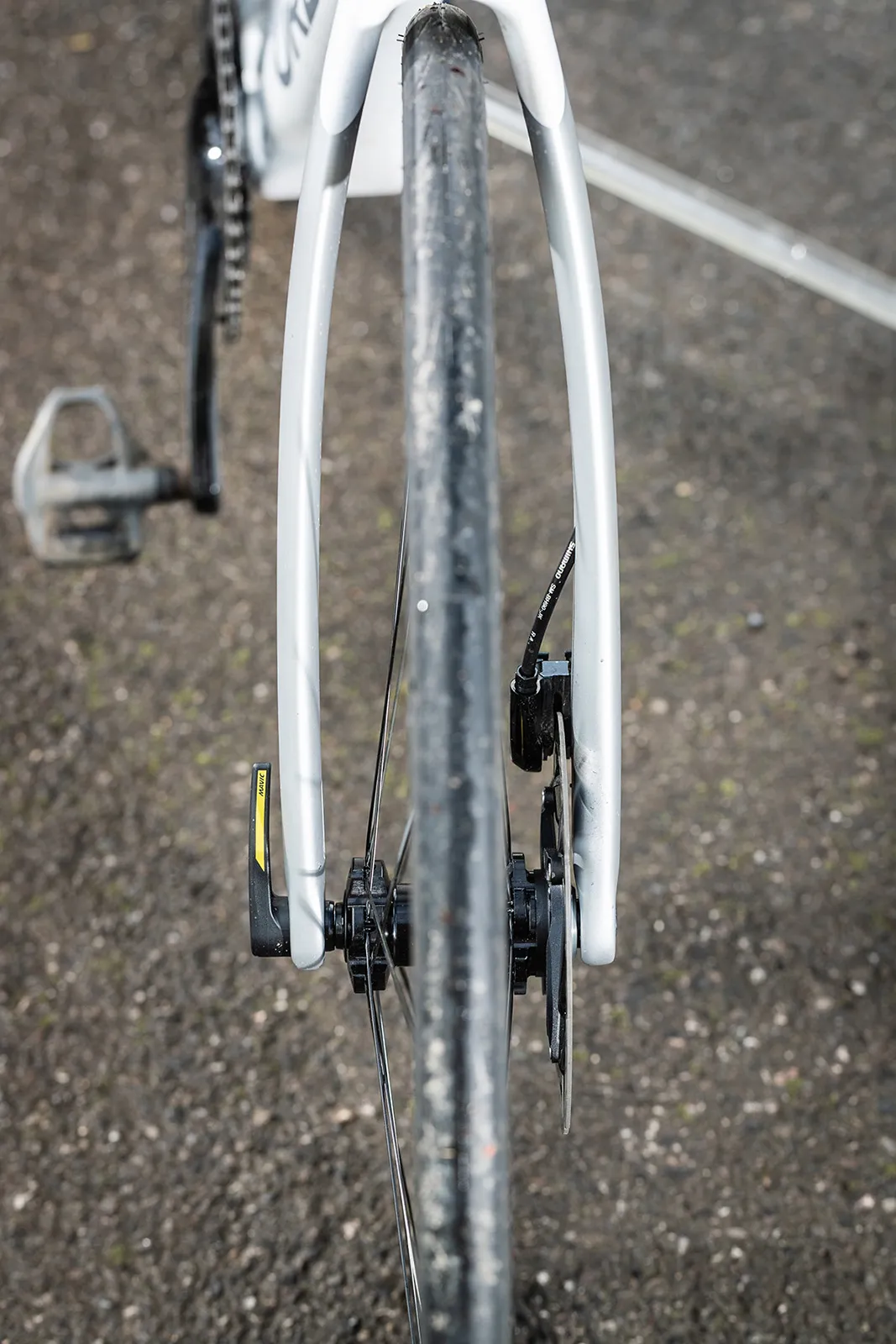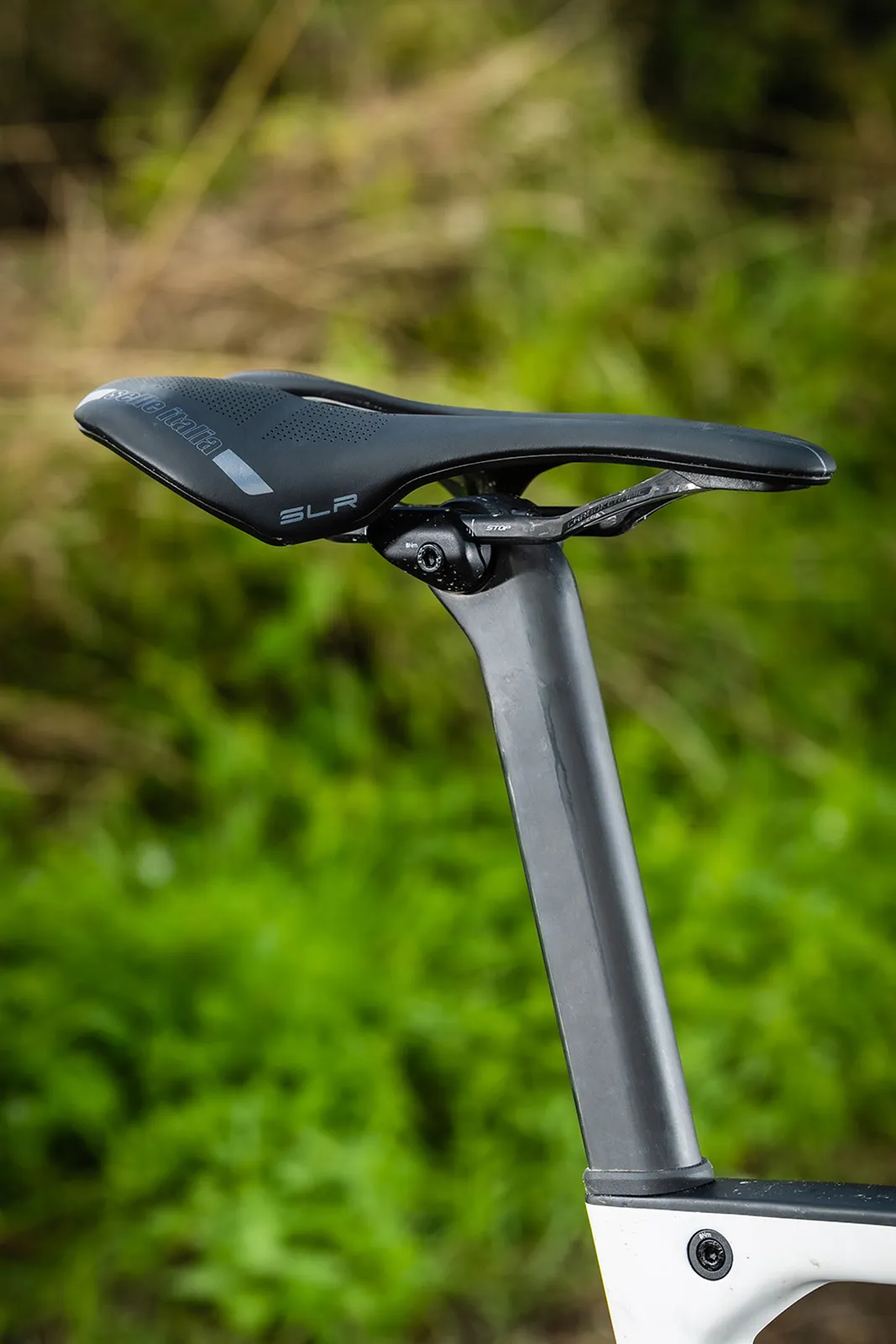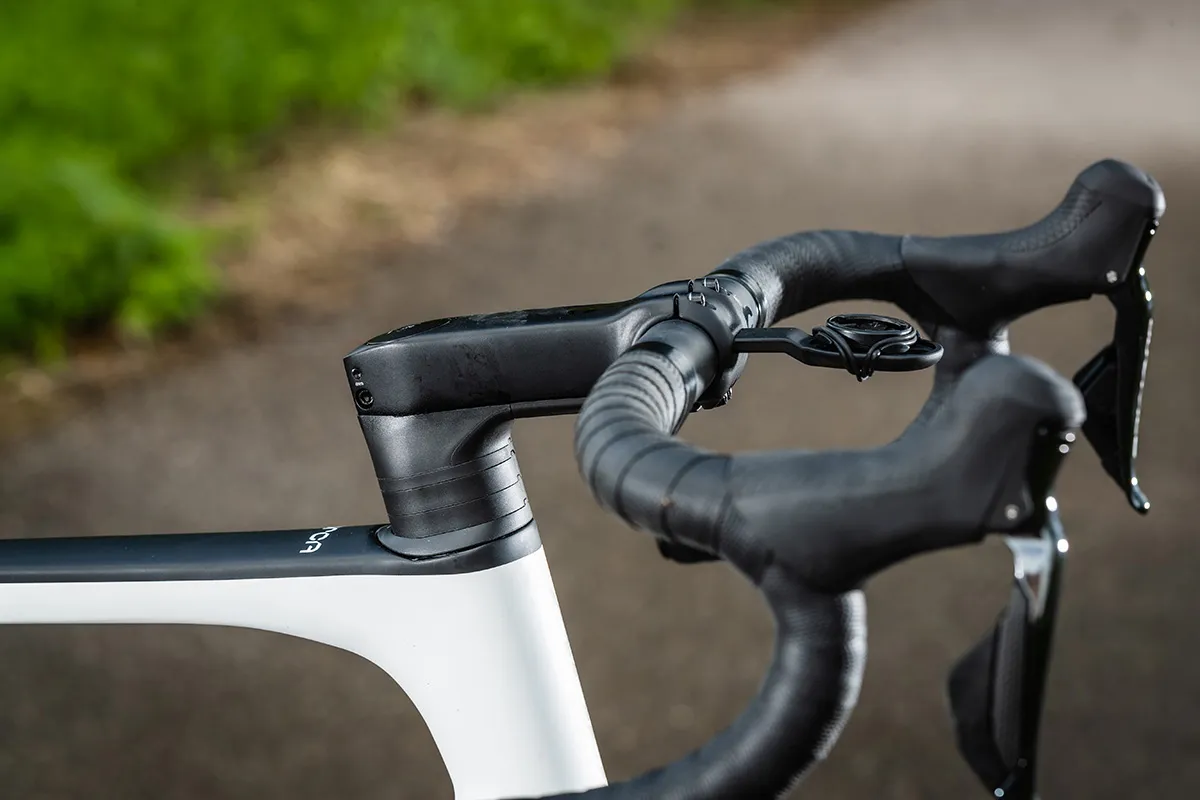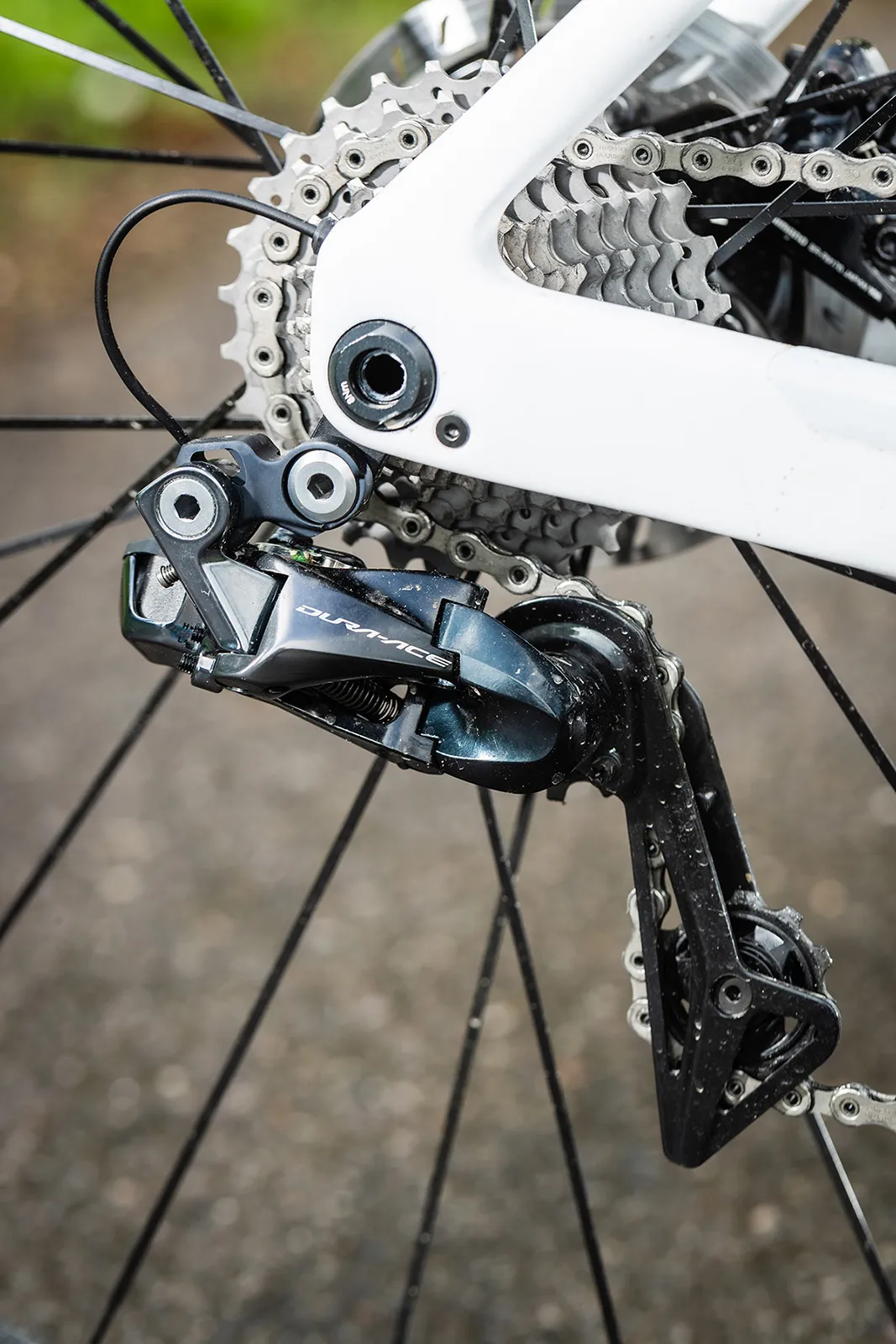Orbea has announced an update to its flagship race bike and it's called the Orca OMX. The OMX aims to combine lightweight and aero features in a single package, and adopts the now seemingly universal dropped seatstay frame design.
Orbea’s current race bike line-up is pretty strong. At the lightweight end of things there's the sub-800g framed OMR with its slender round tubes, traditional two-triangle design and flourishes such as a keyed-in fork crown and integrated seat clamp to add a bit of flair and even aerodynamic gains.
- Orbea Orca OMX M10i LTD D review
- Eurobike 2019: all the news from the biggest bike show on Earth
- Colnago goes fully mainstream, dropping seatstays and grams with new V3Rs
Then there is the Orbea Orca Aero, a bike whose main goal is aero-efficiency, with its Kamm tail shaped tubing, smooth frontal area and details such as the ‘Freeflow’ fork — which with its bowed leg design it is claimed to offer a 4W reduction over a standard fork.
The Orca Aero is one of the best of the current crop of aero bikes around, earning a Best Aero award back in 2018 in our Bike of the Year Awards, so it seemed a little odd when Orbea announced to that it has another machine on the way.

The new OMX has not been designed to be a replacement for the OMR or Aero — although the OMR will now trickle down to much lower price-points — but is instead a bike that aims to combine the aero advantages of the Aero with the lightness of the OMR in performance terms.
Orbea designer, Joseba Arizaga, told us: "We wanted a bike for the modern rider, a bike that can be ridden everywhere be it in competition, gran fondo or long rides with friends, we want the Orca OMX to be your best bike for the best days out."

The details behind the design are impressive, with a claimed frame weight of just 833g and a 370g fork — it's not that far away from the flyweight OMR.
The important thing to remember though is that these figures are for a disc bike, with the OMX being the first Orbea road bike to be available in disc-only specification.
Arizaga tells us that in the last year more than 75 per cent of all Orbea road bike sales have been for disc-specific models, and current sales are tracking for a further a reduction in rim-brake bike sales.
Orbea also claims that the OMX is 15 percent stiffer than the OMR, and when you combine that with a drag reduction of over 10 percent compared to the OMR, the OMX starts to look like a pretty compelling machine.
It's also claimed to have an 8W advantage over the OMR at 40km/h.

The frame features full internal routing and Orbea’s new OS ICR stem on the Dura-Ace Di2 bike, and you’d be hard pushed to find a cable or hydraulic hose exposed anywhere on the bike.
Most brands now have an integrated cable stem design on at least one of their models, but the OS ICR does look to be one of the simplest and neatest.
The main body of the (alloy) stem is three sided (like an inverted u-channel) with the base bolting in in two pieces; one is a flat section holding the cables in the body of the stem, and the second combines the base of the (163g) stem with the flush fitting split headset spacers.
Both the hydraulic brake hoses run through this via the headset, and the gear cables (or wires in the case of Di2) follow similar channels.
The design means the front end of the bike doesn’t have to have steering stops like on a lot of full-aero designs.

The stem holds Orbea’s own 220g carbon bar in place, and the bar has holes to allow the cables to enter the stem without seeing daylight, further adding to the sleek finish of the OMX.
Below the stem Orbea has adapted its `Freeflow’ fork from the Aero, and it has a similar bow-legged profile, which keys neatly into the OMX’s main frame.
The fork shape affords generous tyre clearance, and that’s matched at the back. So although the OMX is a light, racy bike by nature, it does have provision for a generous 32mm width tyre.

Another neat piece of integration is the seat clamp. Most internal hidden designs either mount the bolt on top at an angle or in the join between top and seat tube. Orbea, however, runs a bolt straight through the junction between top and seat tube, which means access is easy.
On other designs, we’ve struggled to get a torque wrench into many seat clamp bolts (not idea when dealing with delicate carbon frames) because of their location, but that’s not the case here.
The new OMX doesn’t come cheap. Prices start at £4,199 / $4,999 / €4,699 for the M20-LTD-D with Shimano Ultegra and rise to £8,299 / $9,599 / €9,499 for the Red eTap AXS-equipped M11e LTD D.
Orca OMX pricing and models
- Orca OMX M20 LTD D (Shimano Ultegra): £4,199 / $4,999 / €4,699
- Orca OMX M20i LTD D (Shimano Ultegra Di2): £4,999 / $5,999 / €5,699
- Orca OMX M21e LTD D (SRAM Force eTap AXS): £5,299 / $6,399 / €5,999
- Orca OMX M10i LTD D (Shimano Dura-Ace Di2): £7,899 / $9,299 / €8,999
- Orca OMX M11e LTD D (SRAM Red eTap AXS): £8,299 / $9,599 / €9,499
Plus you can make it your own with Orbea's MyO customiser.

